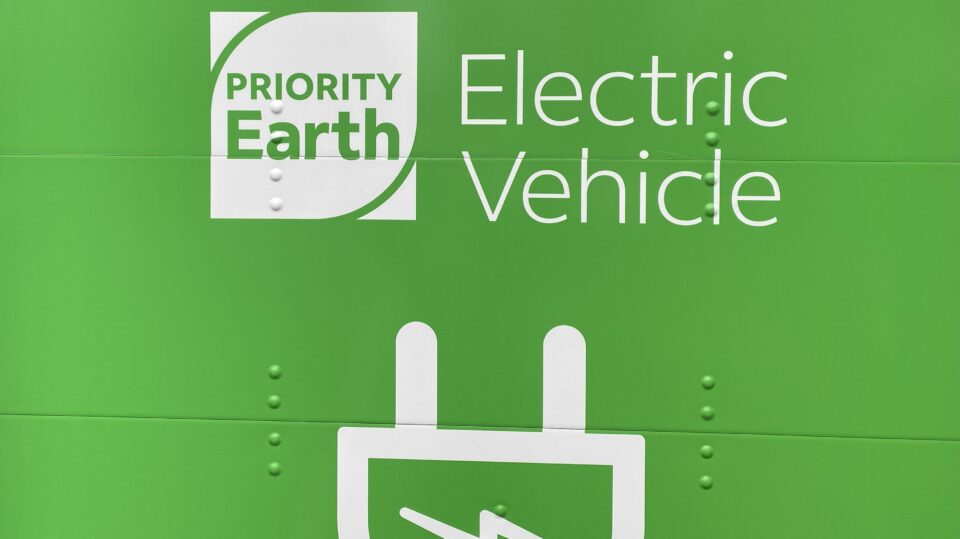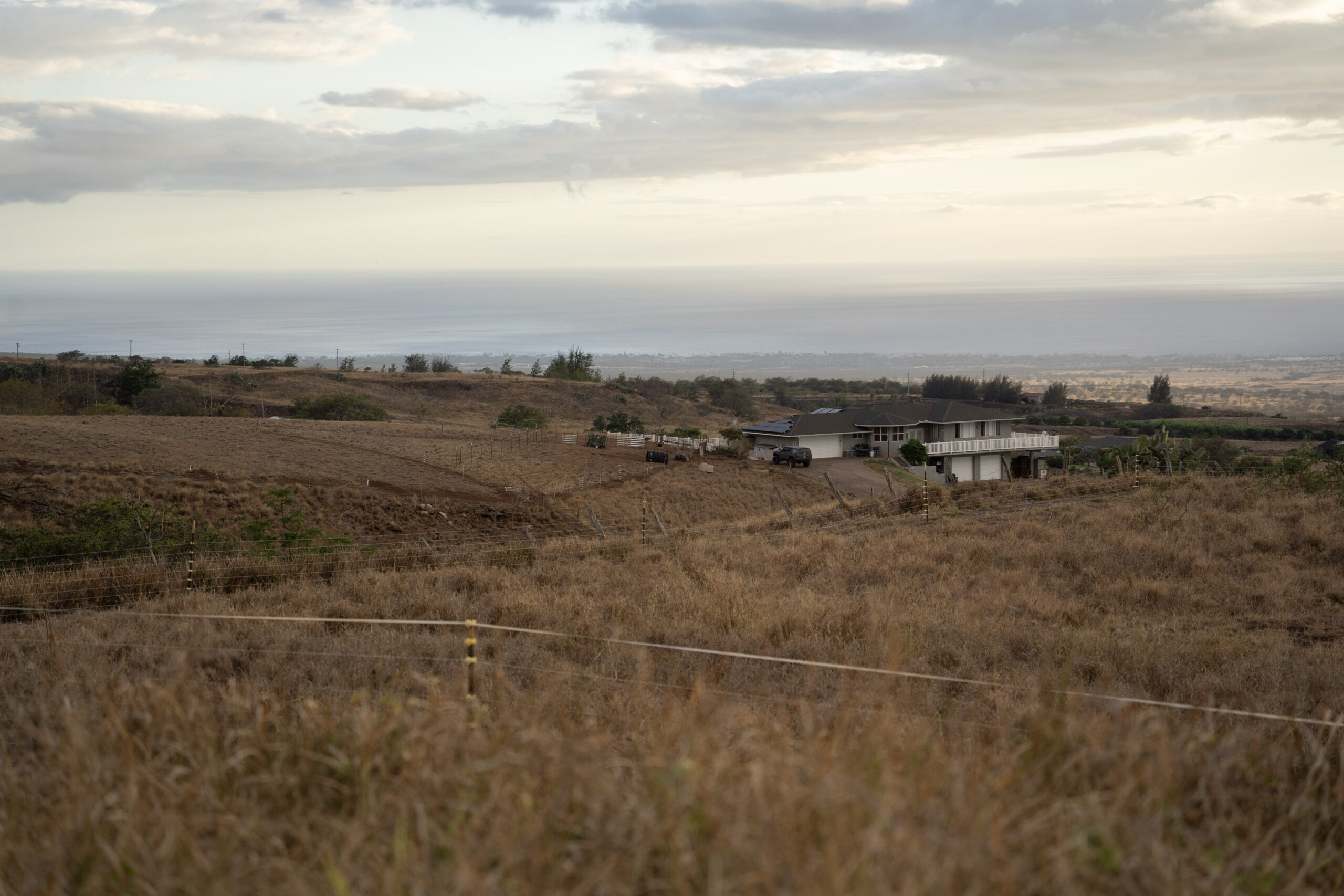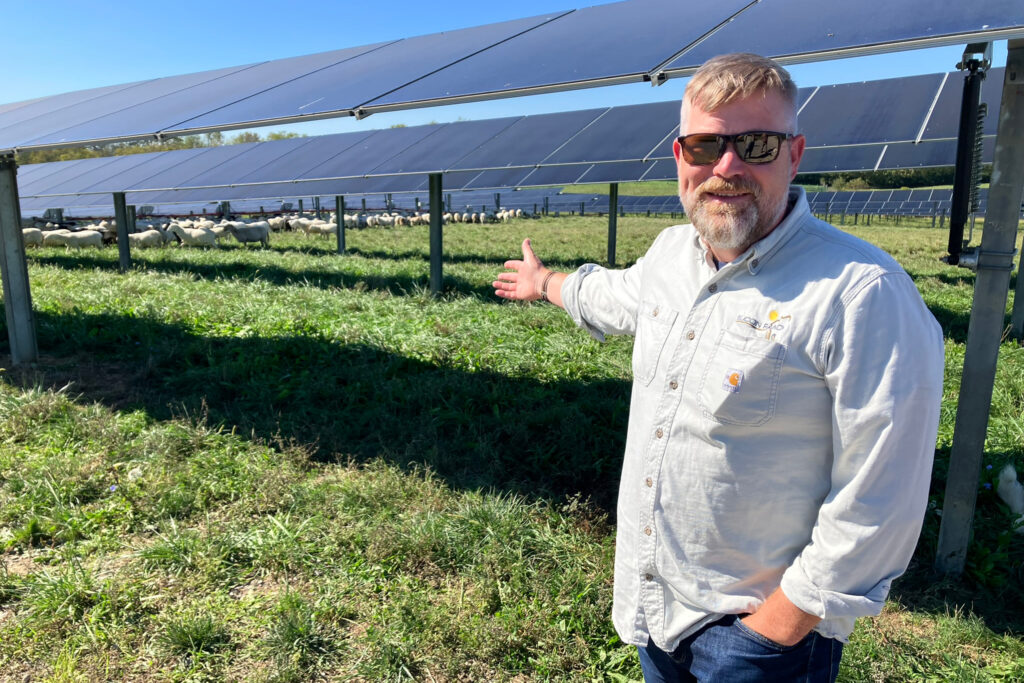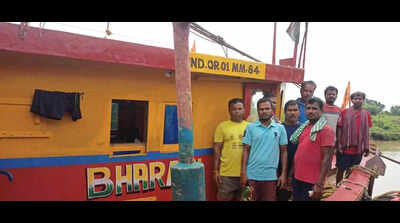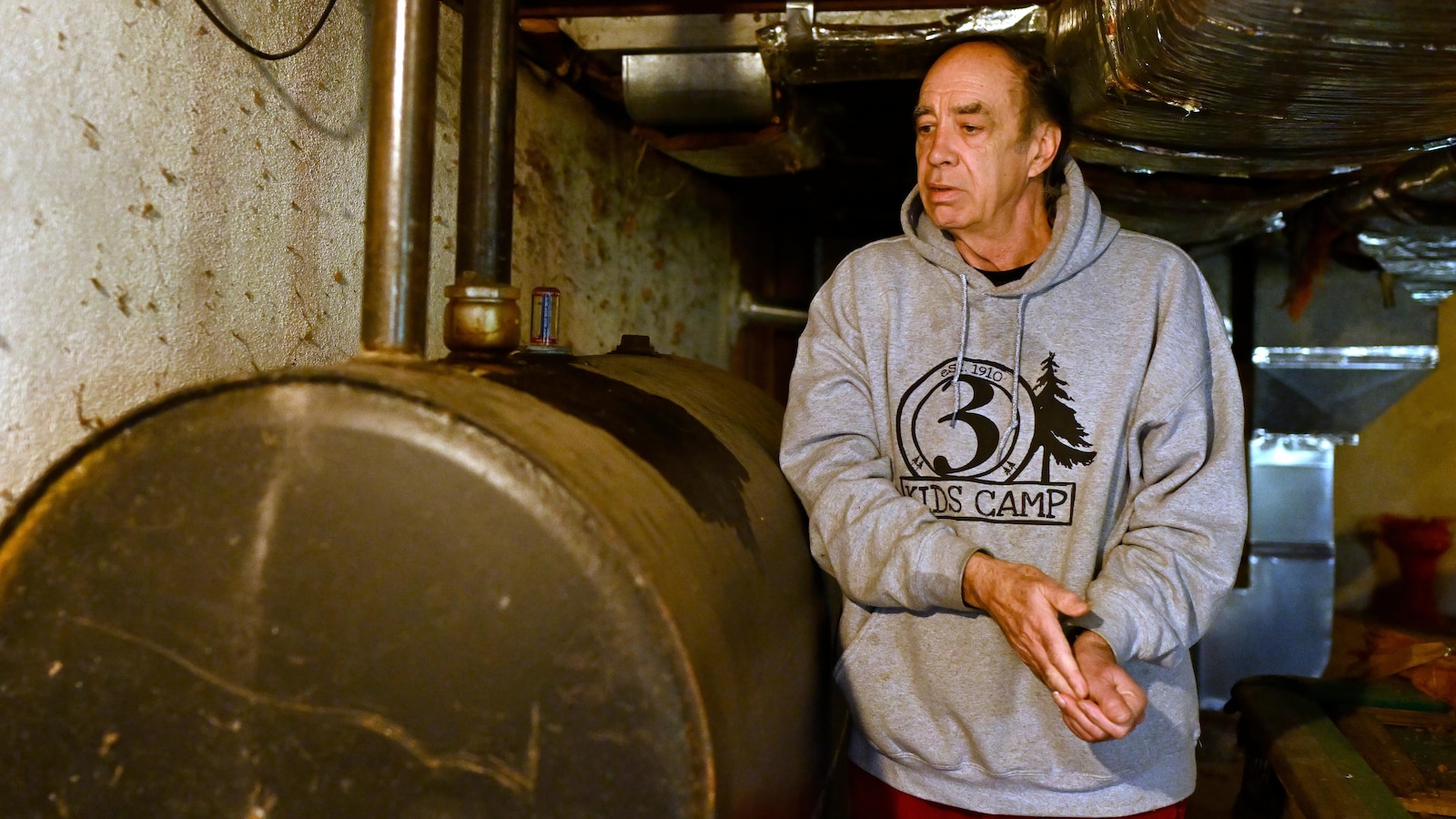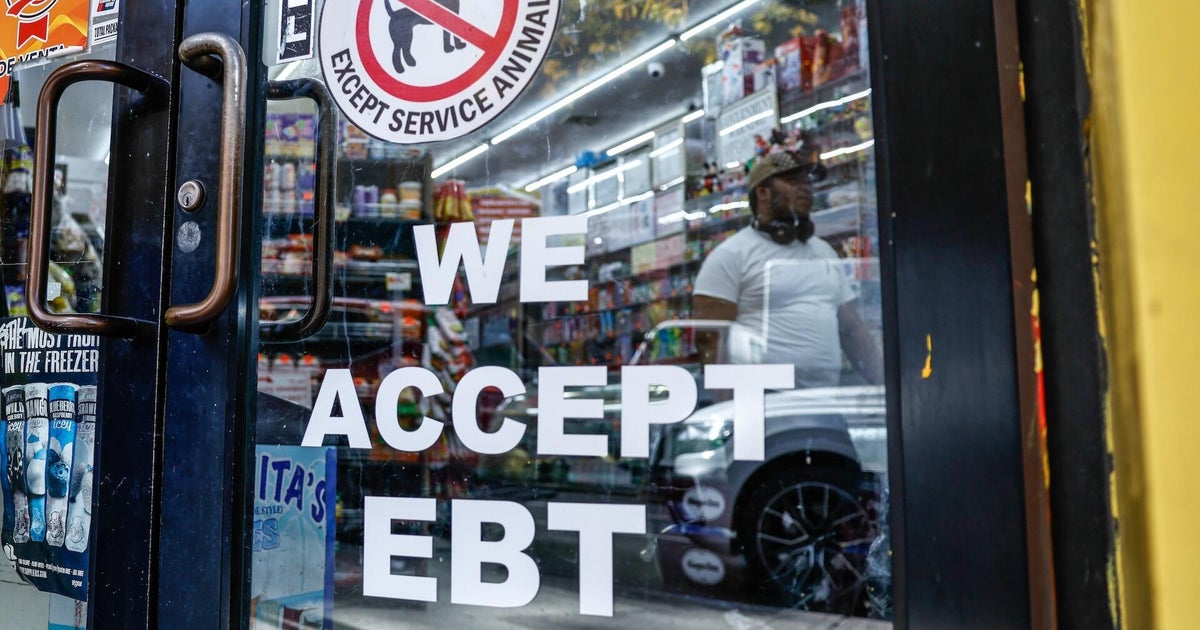Health care forecast to be state’s fastest-growing industry during next decade – Maui Now

Hawai‘i Employment Projections (2022-2032): An Analysis Through the Lens of Sustainable Development Goals
A recent report from the Hawai‘i Department of Labor and Industrial Relations’ Research and Statistics Office outlines significant employment trends projected for the decade from 2022 to 2032. The data indicates a robust shift in the state’s labor market, with notable growth in sectors that directly support key United Nations Sustainable Development Goals (SDGs), particularly SDG 3 (Good Health and Well-being) and SDG 8 (Decent Work and Economic Growth).
Overall Labor Market Growth and Contribution to SDG 8: Decent Work and Economic Growth
Hawai‘i’s total employment is forecast to experience a 6.1% expansion over the next decade, increasing from 671,010 jobs in 2022 to an estimated 712,200 by 2032. This represents the creation of 41,190 new jobs, contributing directly to the targets of SDG 8.
Key Employment Dynamics
- Annual Job Openings: Approximately 83,000 job openings are anticipated each year.
- Source of Openings: The majority of these openings will stem from workforce replacement (40% exiting the labor force) and job mobility (55% changing jobs), with only 5% resulting from new job creation. This highlights the importance of continuous skills development and workforce retention strategies.
- Self-Employment: The self-employed sector is projected to grow, reaching 58,150 workers by 2032, reflecting a shift towards flexible work arrangements and the gig economy.
- Sectoral Decline: In contrast, employment in government and retail trade is expected to decline, influenced by federal policies and the ongoing transition to e-commerce.
Sectoral Analysis and Direct Impact on Sustainable Development Goals
Health Care and Social Assistance: Advancing SDG 3 (Good Health and Well-being)
The health care and social assistance sector is projected to be the state’s fastest-growing industry, with a forecast growth of 12.7%. This expansion is critical for advancing SDG 3 by enhancing the state’s capacity to provide comprehensive health services and ensure healthy lives for all residents.
- This sector is expected to account for nearly one-quarter of all new jobs created by 2032.
- A particularly strong demand is anticipated in social assistance services, which directly supports vulnerable populations and contributes to the aims of SDG 1 (No Poverty) and SDG 10 (Reduced Inequalities).
Hospitality and Accommodation: Fostering Economic Vitality
Driven by the state’s strong tourism industry, sectors related to hospitality are also projected to see significant growth, supporting SDG 8.
- Food Services and Drinking Places: This sector is forecast to grow by 11.9%.
- Accommodation Industry: This industry is expected to increase by 10.2%, creating an additional 3,750 positions.
Implications for SDG 4 (Quality Education) and Workforce Strategy
The employment projections serve as an essential tool for aligning educational and training initiatives with future labor market needs, a core component of SDG 4. By providing clear data on growth sectors, the report enables strategic planning for various stakeholders.
Beneficiaries of Projection Data
- Students and Jobseekers: Can explore viable and sustainable career options.
- Education and Training Providers: Can develop relevant programs that meet the demand for skilled workers, particularly in health care.
- Career Counselors and Job Placement Specialists: Can provide informed guidance to individuals navigating the labor market.
- Policymakers and Program Managers: Can shape effective workforce strategies that promote decent work and economic resilience.
- Employers: Can plan for future growth and talent acquisition needs.
This strategic alignment ensures that Hawai‘i’s workforce is prepared for the jobs of the future, fostering a cycle of quality education, decent work, and sustained economic growth.
The projections were funded by a $321,585 grant from the US Department of Labor, Employment and Training Administration. Comprehensive data tables and detailed reports are available on the Hawai‘i Workforce Infonet website.
1. Which SDGs are addressed or connected to the issues highlighted in the article?
The article on Hawai‘i’s employment projections connects to several Sustainable Development Goals by focusing on economic growth, job creation, and the development of key social sectors. The following SDGs are addressed:
- SDG 3: Good Health and Well-being: The article highlights the significant projected growth in the health care sector.
- SDG 4: Quality Education: The article mentions that the employment projections are a crucial tool for students, educators, and training providers to align educational programs with future job market needs.
- SDG 8: Decent Work and Economic Growth: The core theme of the article is employment forecasting, job creation, and the changing dynamics of the labor market, which are central to this goal.
2. What specific targets under those SDGs can be identified based on the article’s content?
Based on the information provided, specific targets for the identified SDGs can be pinpointed:
SDG 3: Good Health and Well-being
- Target 3.c: “Substantially increase health financing and the recruitment, development, training and retention of the health workforce in developing countries, especially in least developed countries and small island developing States.” The article’s emphasis on the health care and social assistance sector being the “fastest-growing industry” and the “largest contributor to job creation” directly relates to strengthening the health workforce in Hawai‘i, a small island developing state context.
SDG 4: Quality Education
- Target 4.4: “By 2030, substantially increase the number of youth and adults who have relevant skills, including technical and vocational skills, for employment, decent jobs and entrepreneurship.” The article states that the projections are a “valuable tool” for “Students and jobseekers exploring career options” and “Education and training providers developing programs,” which supports the effort to equip the population with relevant skills for available jobs.
SDG 8: Decent Work and Economic Growth
- Target 8.5: “By 2030, achieve full and productive employment and decent work for all women and men… and equal pay for work of equal value.” The article’s entire focus is on employment growth, forecasting an “addition of 41,190 jobs” and an overall employment growth of 6.1% by 2032. This directly addresses the aim of achieving productive employment.
3. Are there any indicators mentioned or implied in the article that can be used to measure progress towards the identified targets?
The article provides several quantitative and qualitative indicators that can be used to track progress towards the identified targets.
SDG 3: Good Health and Well-being
- Indicator for Target 3.c: The projected growth rate of the health care workforce. The article specifies that “Health care jobs are forecast to grow by 12.7%,” which serves as a direct indicator of the increasing capacity of the health workforce.
SDG 4: Quality Education
- Indicator for Target 4.4: The use of employment projection data to inform educational and career choices. While not a quantitative measure of skills, the article implies an indicator by stating the projections are used by “Education and training providers developing programs” and “career counselors guiding individuals toward employment.” The dissemination and application of these reports are an indicator of efforts to align skills with labor market demands.
SDG 8: Decent Work and Economic Growth
- Indicators for Target 8.5: The article is rich with indicators for employment growth.
- Overall employment growth rate: “Hawai‘i’s total employment is projected to grow by 6.1% during the next decade.”
- Absolute number of new jobs: An “addition of 41,190 jobs” is projected by 2032.
- Annual job openings: “Just more than 83,000 job openings each year are expected.”
- Growth rate in key sectors: The article provides specific growth projections for industries like food services (11.9%) and accommodation (10.2%), which are indicators of economic activity and job creation in those areas.
4. Table of SDGs, Targets, and Indicators
| SDGs | Targets | Indicators |
|---|---|---|
| SDG 3: Good Health and Well-being | Target 3.c: Substantially increase health financing and the recruitment, development, training and retention of the health workforce… especially in small island developing States. | Projected growth of 12.7% in health care jobs by 2032. |
| SDG 4: Quality Education | Target 4.4: By 2030, substantially increase the number of youth and adults who have relevant skills, including technical and vocational skills, for employment, decent jobs and entrepreneurship. | The use of employment projection reports by students, jobseekers, and education/training providers to align skills with labor market needs. |
| SDG 8: Decent Work and Economic Growth | Target 8.5: By 2030, achieve full and productive employment and decent work for all women and men. |
|
Source: mauinow.com

What is Your Reaction?
 Like
0
Like
0
 Dislike
0
Dislike
0
 Love
0
Love
0
 Funny
0
Funny
0
 Angry
0
Angry
0
 Sad
0
Sad
0
 Wow
0
Wow
0



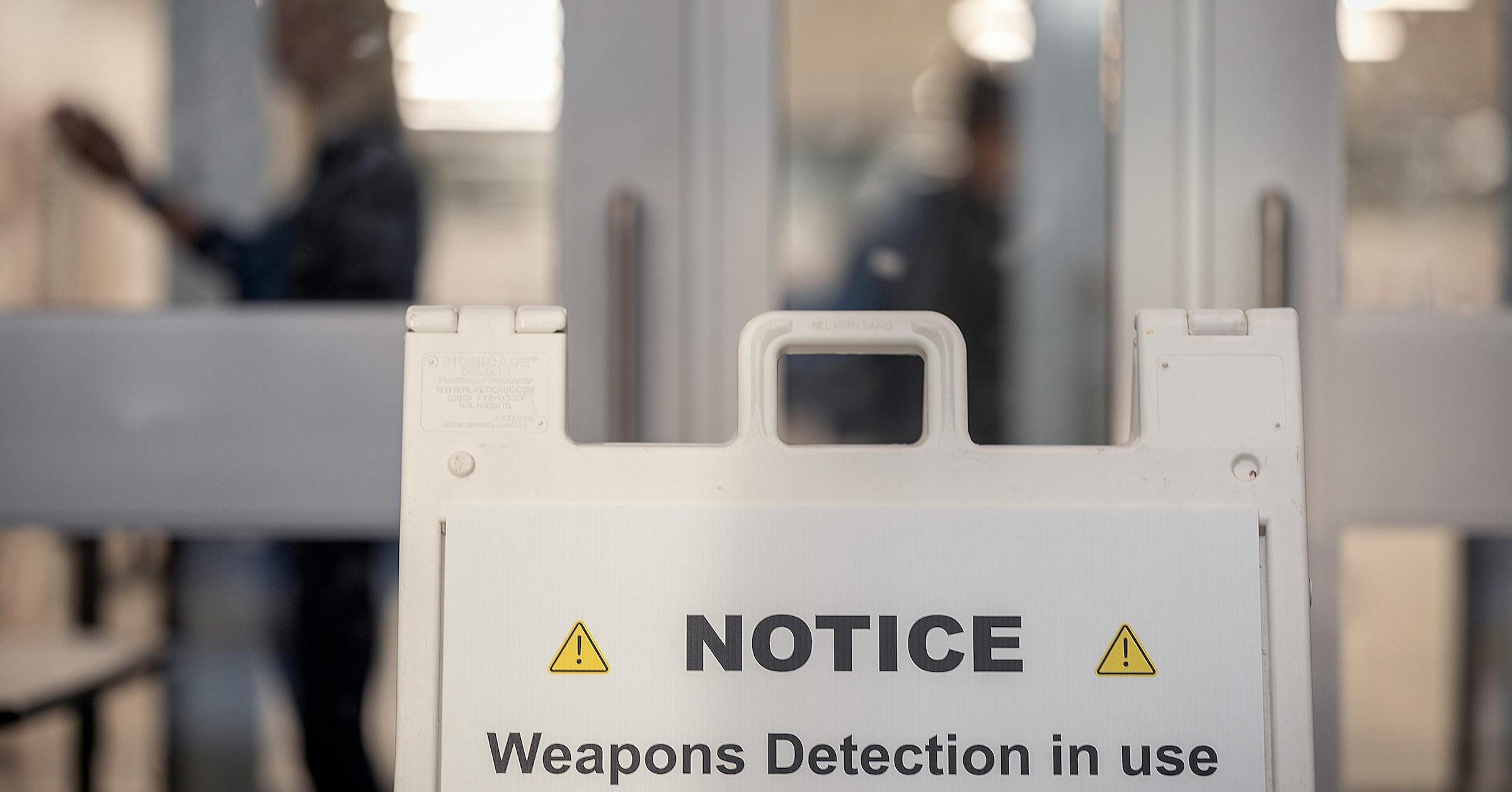


;Resize=805#)


















![Officials issue warning as aggressive growth threatens properties: ‘Only add[s] to homeowners’ anxiety’ – The Cool Down](https://www.thecooldown.com/wp-content/uploads/2025/03/FX-Deluxe_Lifestyle_1326191354-copy.jpg?#)

